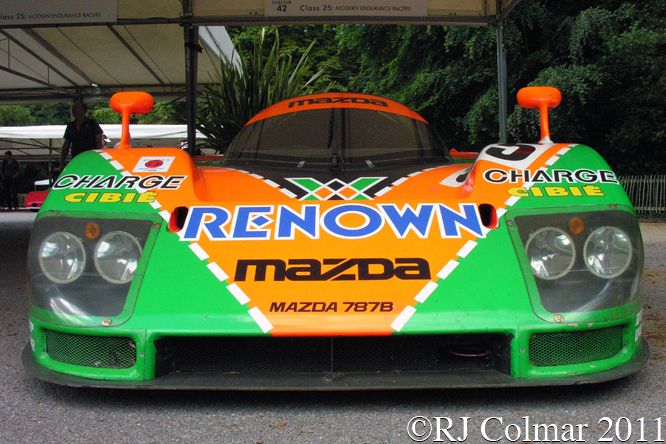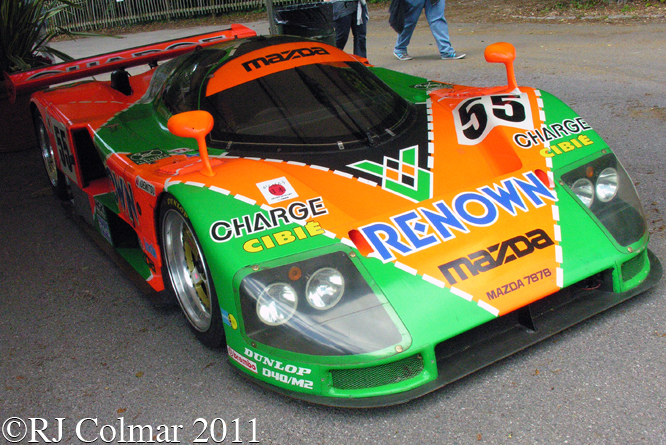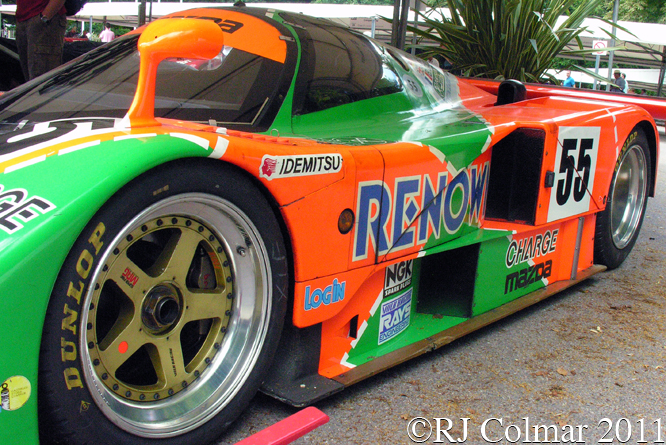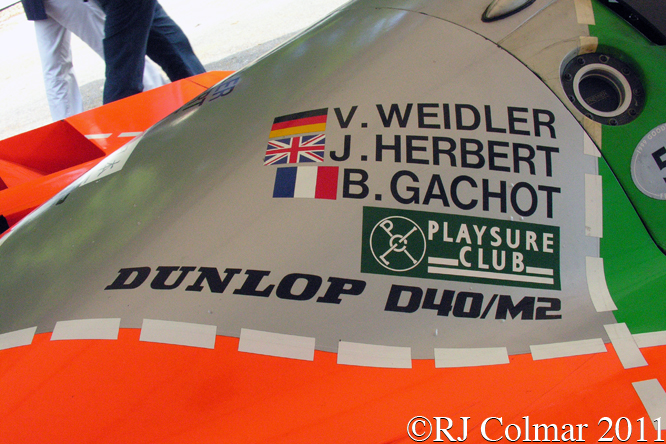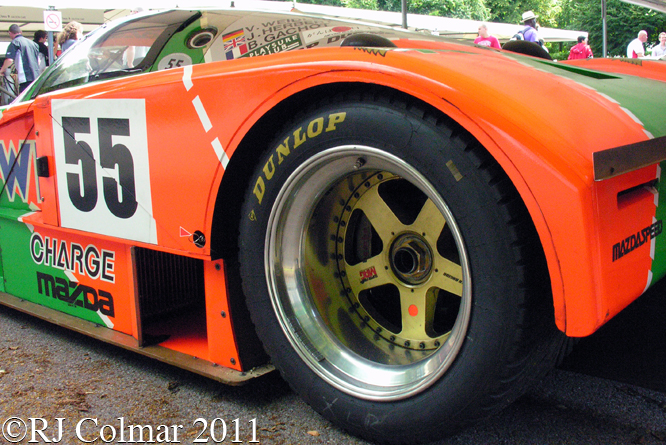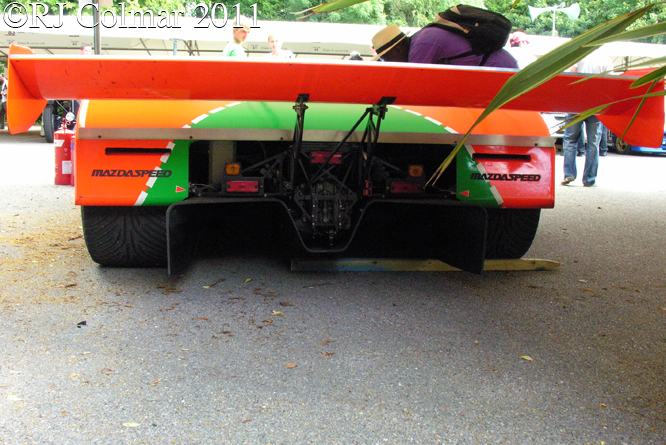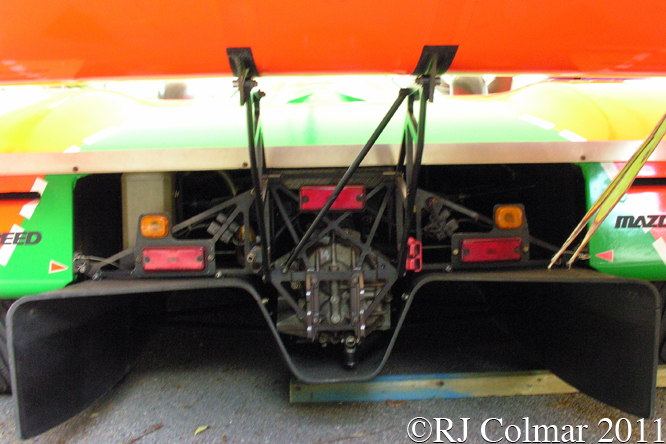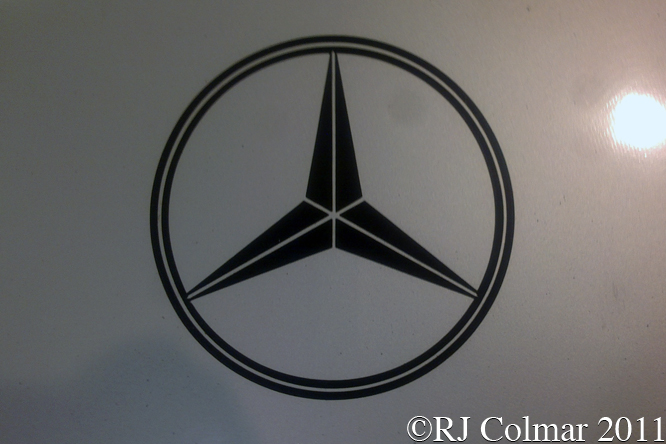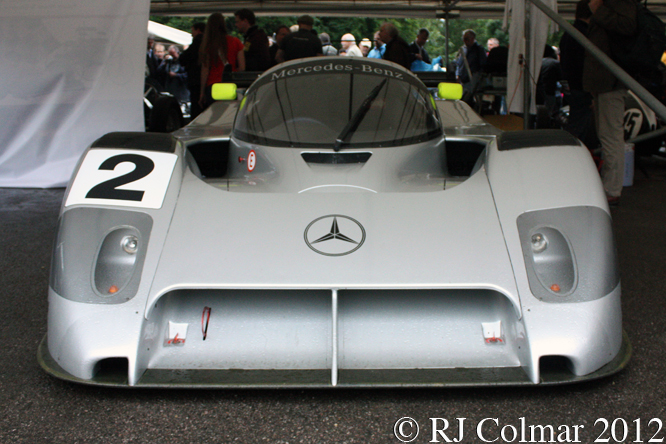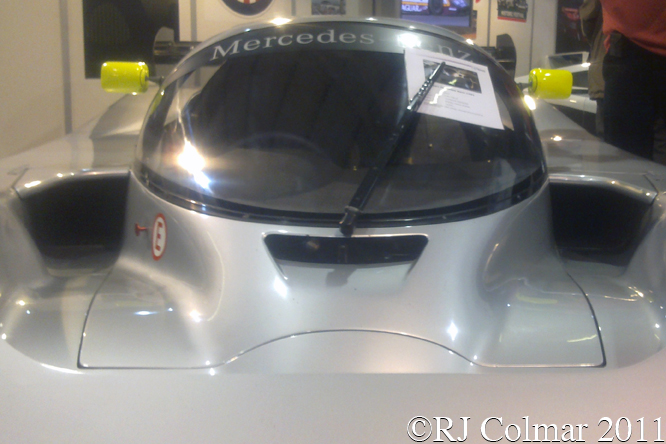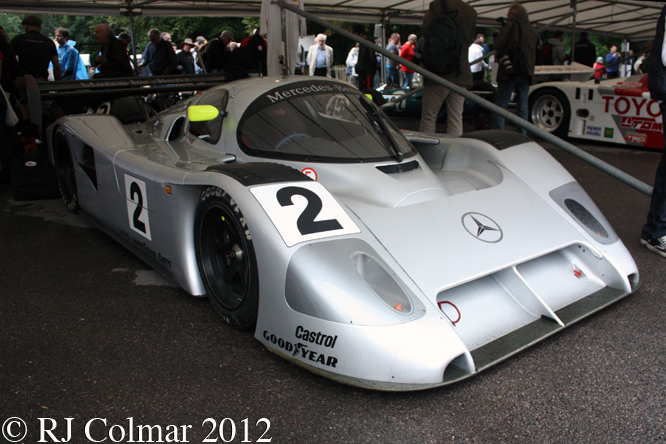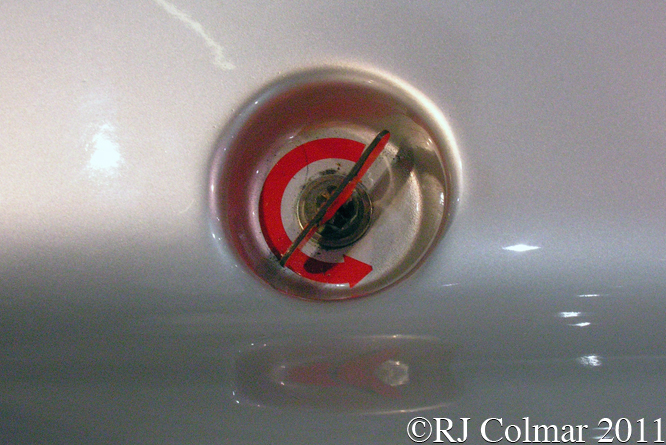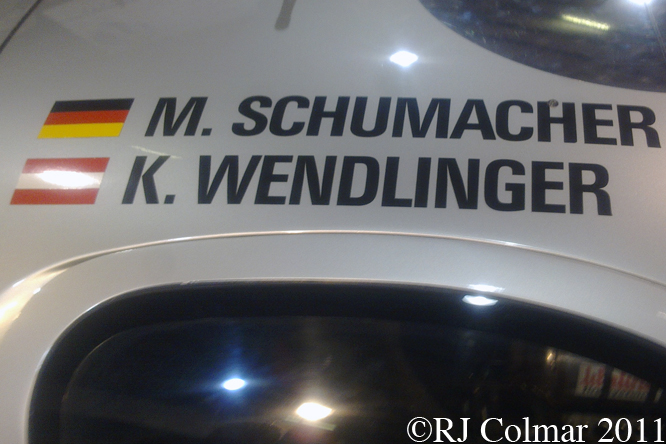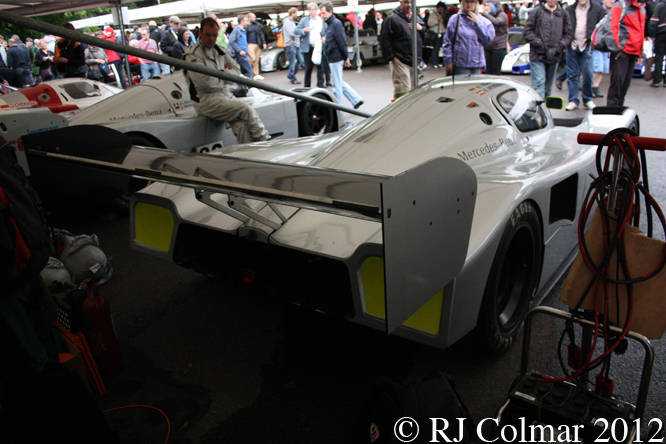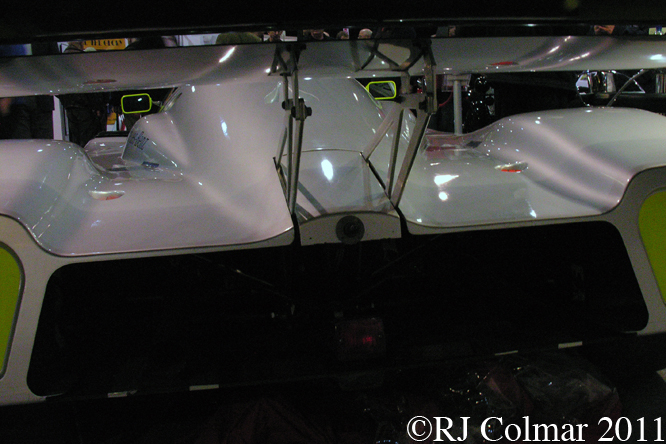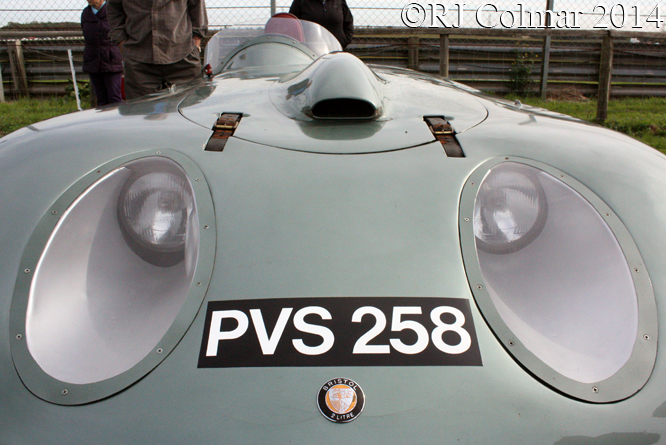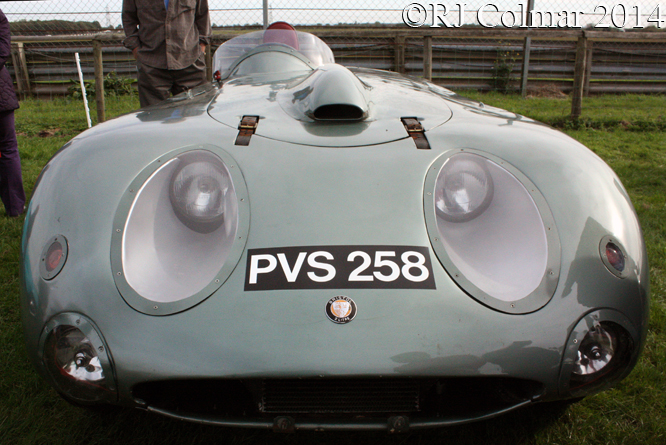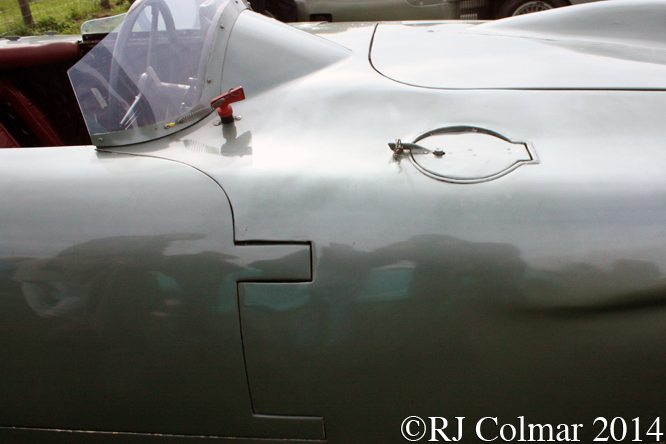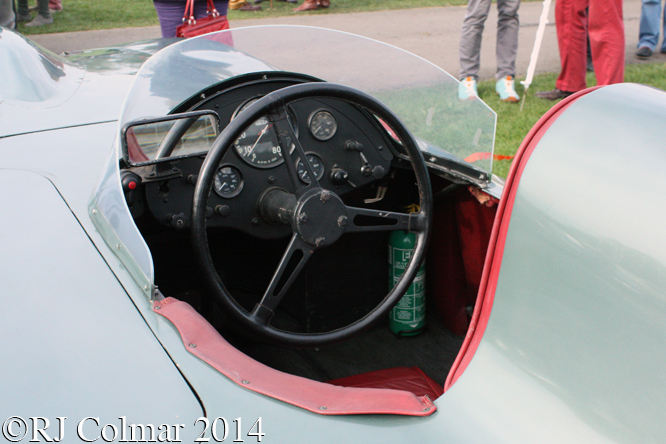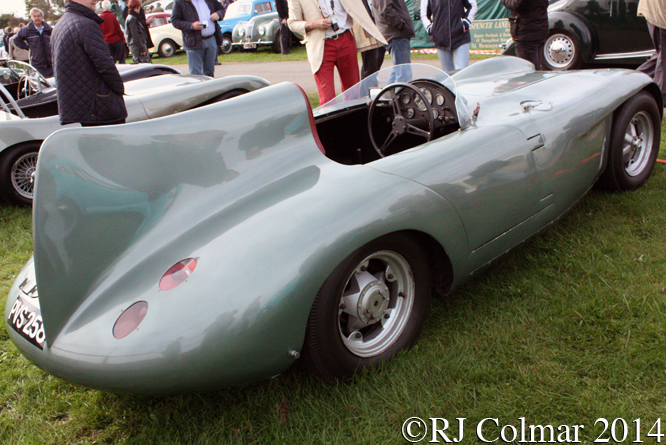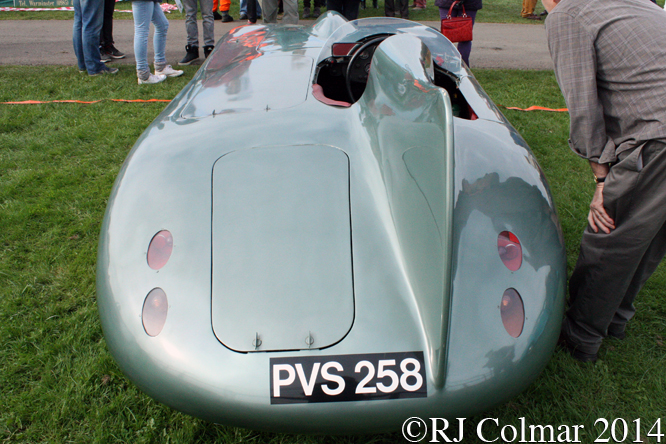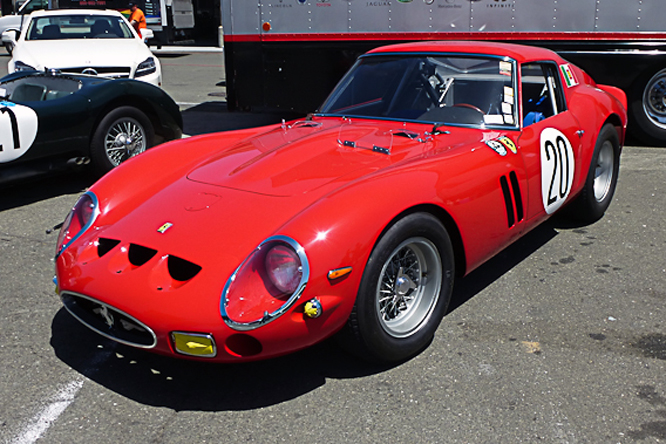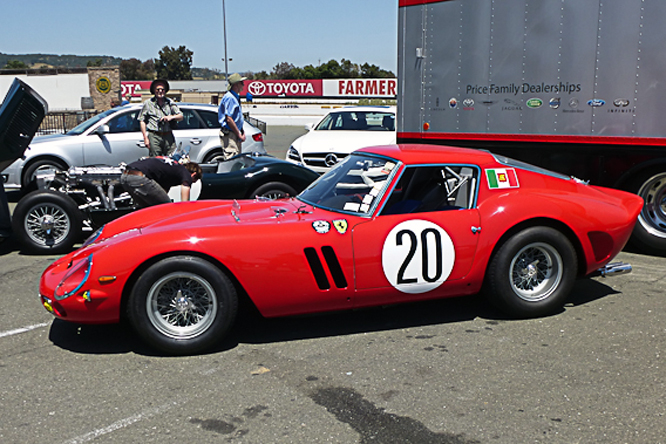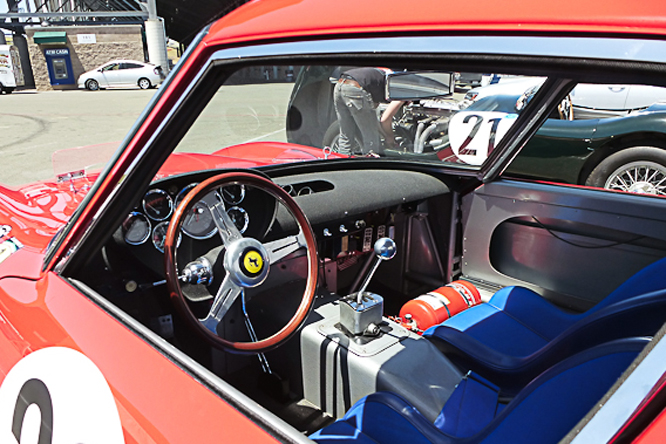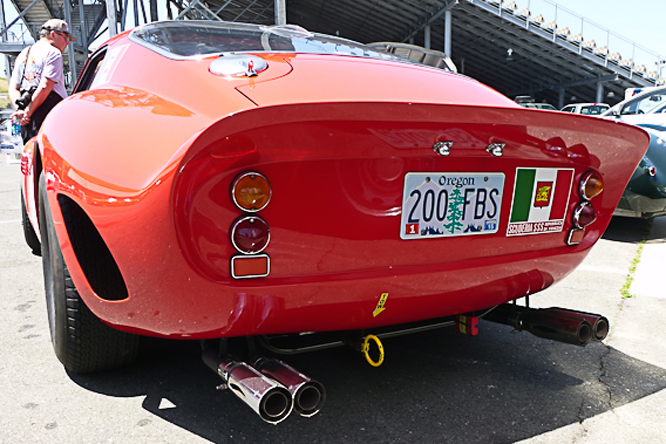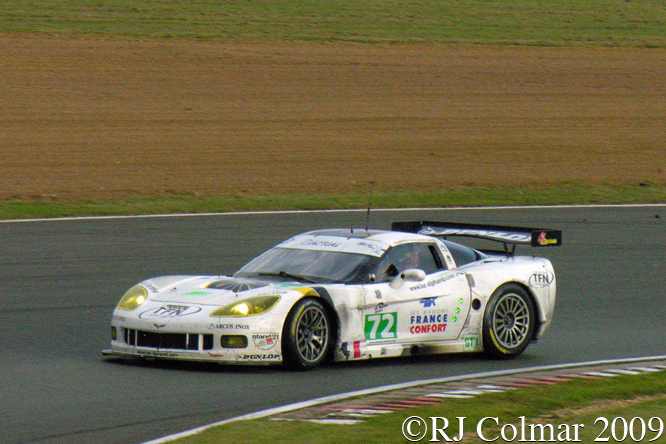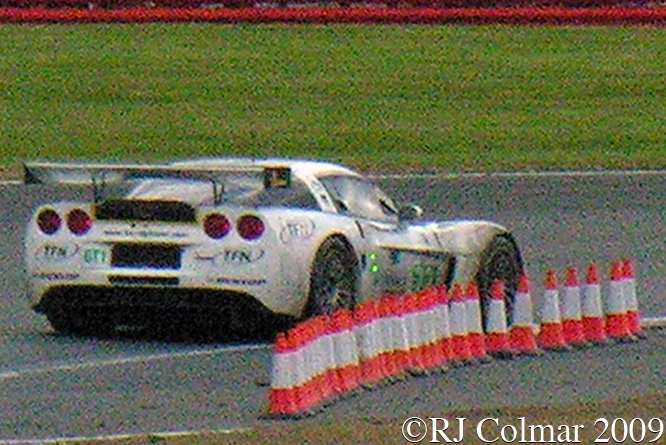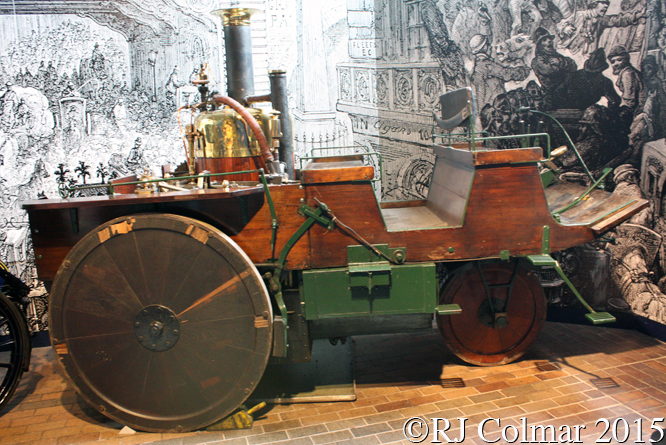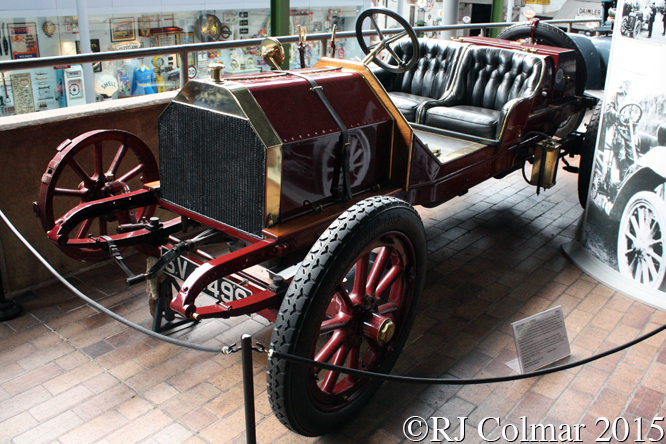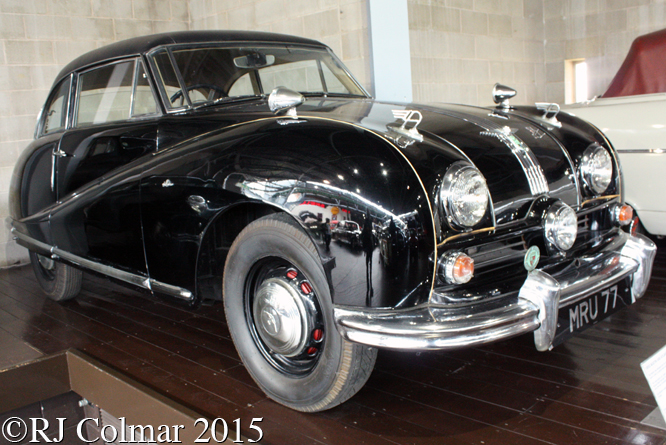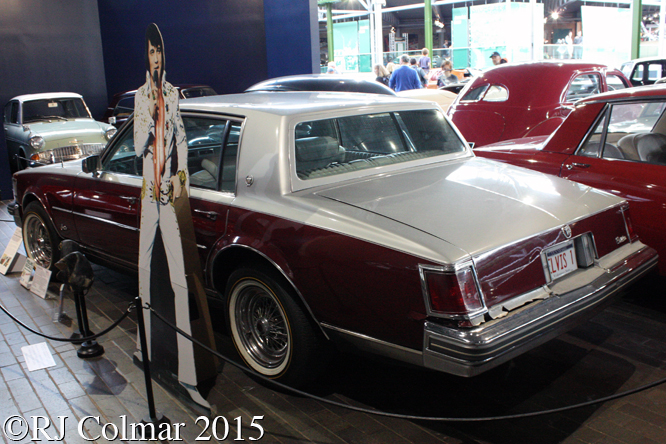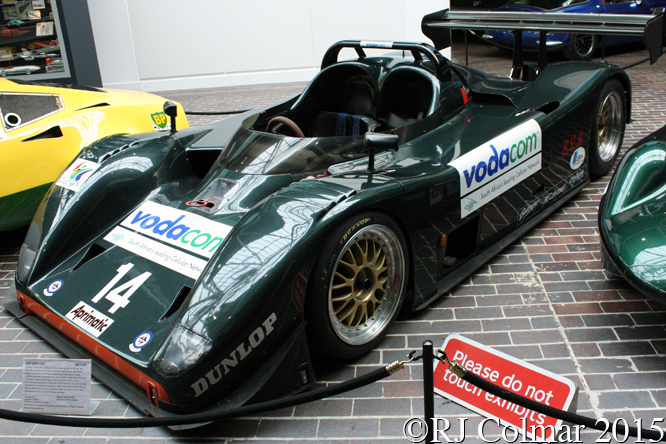In 1990 Peugeot Talbot Sport launched it’s 905 sports car programme to compete in the new 3.5 litre / 216 cui sports car class that was to commence in 1991.
The 905 was powered by a V10 motor with the two banks of cylinders inclinded at 80º and featured a carbon fibre monocoque engineered by the Dassault aerospace manufacturer.
Keke Rosberg and Jean-Pierre Jabouille shared a 905 for the last two races of the 1990 World Sports Prototype Championship with their only finish coming at Mexico where they finished 13th from 11th on the grid.
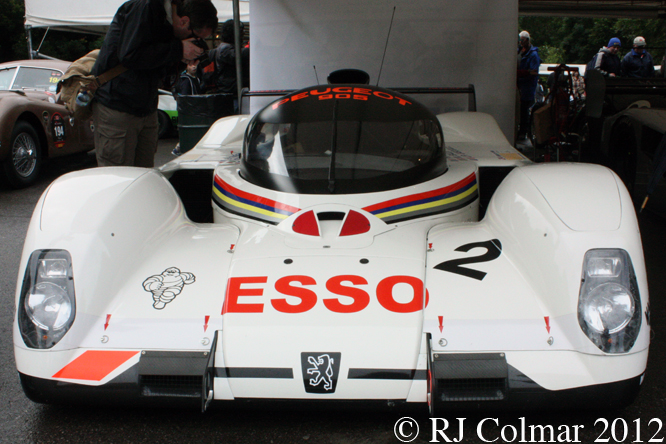
Mauro Baldi and Philippe Alliot won the opening round of the 1991 Sportscar World Championship at Suzuka from 4th on the grid driving a 905, but there after the 905’s reliability nose dived as they tried to keep up with the much faster Jaguar XJ14.
After both 905’s retired before the four hour mark from the 1991 Le Mans 24 hours the cars were heavily revised with a more powerful engine supported by a more sophisticated aero package that include two rear wings and the option for a front wing.
Magny Cours and Mexico saw the heavily revised cars score 1-2 victories with Keke Rosberg and Yannick Dalmas leading Phillipe Alliot and Mauro Baldi home on both occasions, but too late to prevent Jaguar and Teo Fabi from winning the Manufacturers and Drivers Championships.
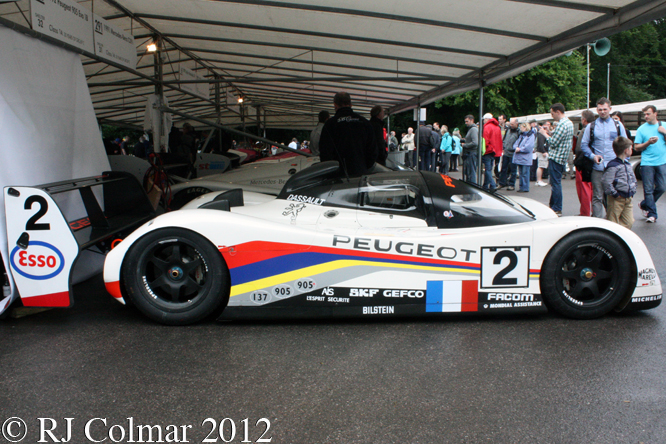
Jaguar withdrew from the sport at the end of 1991 leaving Peugeot, Yannick Dalmas and Jaguar refugee Derek Warwick to claim the 1992 World Sportscar Manufacturers and share the Drivers titles, the teams only opposition in the six race series came from Toyota who only won the opening round.
With little manufacturer support the 1993 World Sportscar series was cancelled and the 905’s only two appearances were at the Le Mans Test weekend where, Philippe Alliot and Mauro Baldi were quickest and at the Le Mans 24 Hours.
The paintwork on today’s featured car suggests that this might be the chassis, #EV11, which was used as a spare car in the last two races of the 1990 season and was then not seen again until the 1993 Le Mans 24 hours where it appeared in EVO 1 Bis LM spec for Philippe Alliot, Mauro Baldi and Jean-Pierre Jabouille who qualified on pole, as the same trio had done a year earlier driving chassis #EV16.
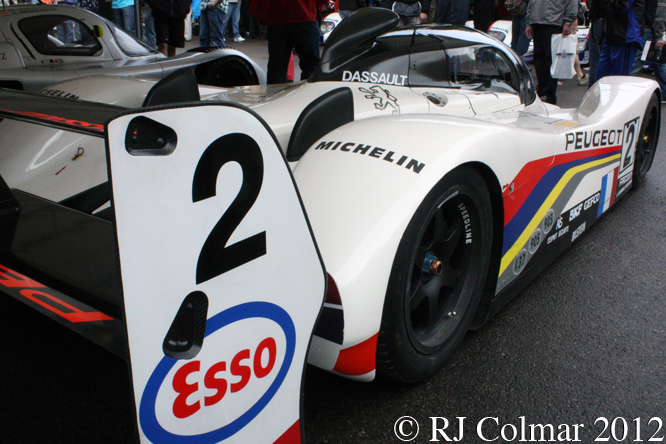
The 1993 Le Mans 24 Hour race proved to be a walkover for the Peugeot team who finished 1st, 2nd and 3rd with Philippe, Mauro and Jean-Pierre in third place exactly as they had been in 1992.
Thanks for joining me on this “Le Pole Again” edition of “Gettin’ a li’l psycho on tyres” I hope you will join me again tomorrow when I’ll be running through all the podium finishers from this years thrilling Le Mans 24 Hours race. Don’t forget to come back now !


